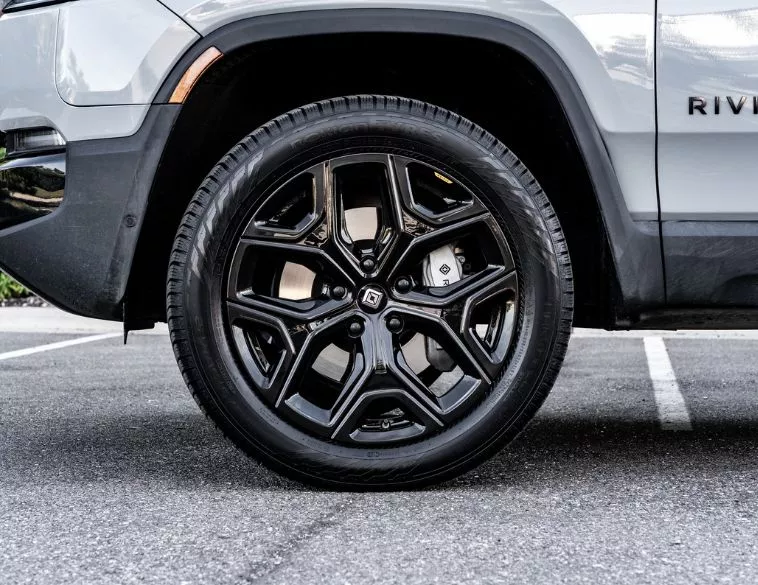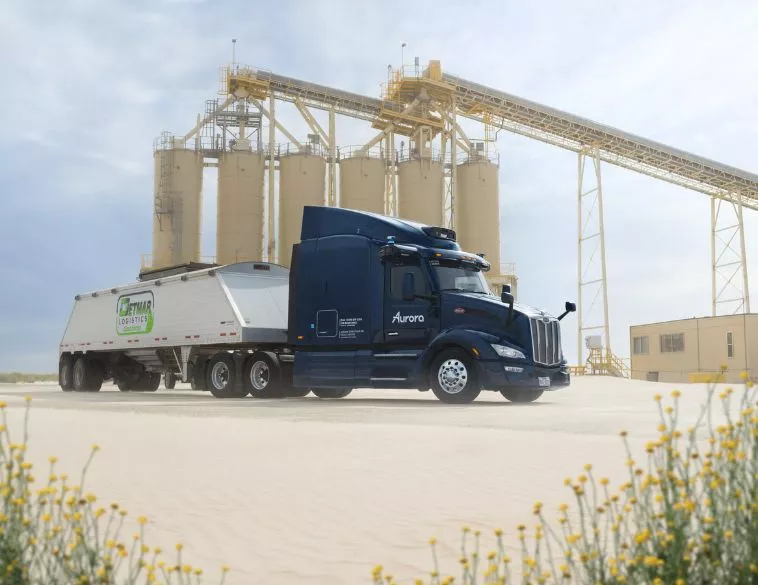Premature Wear
Properly installed and maintained tractor trailer tires keep our roads safe.
If you sell and service commercial tires, you can save your customers a lot of money by helping them maintain their tires. Proper maintenance can extend the lifespan of drive, steer and trailer tires. More importantly, proper maintenance can help prevent blowouts, which makes our roads safer for everyone.
If you’re not sure which conditions have the biggest impact on tire wear, here’s a brief overview of the issues to look out for:
Axle position: The position of a tire on a vehicle determines how much stress, and what kind of stress the tire will have to endure. Drive tires, for example, are mostly impacted by acceleration, while steer tires see a lot of stress when cornering.
Vehicle maintenance: While our focus here is on tires, the fact is that tires don’t exist in a vacuum. This means that the wheels, brakes, shock absorbers, drivetrain, steering a suspension systems all play a part. Tires will wear out prematurely if some or all of these critical parts are not performing as well as they should.
Tire inflation: This one is a no-brainer, but still often overlooked for its importance. The fact is that under-inflated tires will wear out prematurely, as well as impact handling and fuel economy. At the other end of the spectrum, over-inflated tires can also wear prematurely, and they can decrease traction while putting unnecessary stress on suspension components.
Alignment: Both the tractor wheels and the trailer wheels need to be properly aligned. If they’re not, they will experience undue stress that comes from putting them in a state where they feel as though they are constantly cornering, even when the truck is driving in a straight line.
Tread depth: When pairing two drive tires, side-by-side, it’s critical to make sure that the difference in tread depth between them does not exceed 4/32nds of an inch. Moreover, when pairing tires, it’s critical to put the larger tire on the outside.
According to the USTMA, the maximum allowable difference between a dual tire and its partner is 1/8 inch in radius, 1/4 inch in diameter and 3/4 inch in circumference. The best practice is to use a tire calliper to measure both tires in order to make sure they are within these tolerances.
Why is this important? Simply because if the difference between the paired tires exceeds the limits specified by the USTMA, the smaller tire will have to travel the same distance as the larger tire, but because it has a smaller circumference, it will be dragged slightly with every revolution. The constant dragging or skipping leads to flat spots on the tire, as well as diagonal wear, both of which can lead to tire failure.
Driving habits: Speeding, hard stops and starts, as well as aggressive cornering will all adversely affect tire wear. Hard cornering can be a problem at both high speeds and low speeds due to scuffing caused by lateral forces, particularly on the front axle, tag axle and spread axle trailer tires.
Road surfaces: Abrasive road surfaces, including coarse highway paving materials, will impact tread wear, as well as driving in areas with hills and steep inclines.





